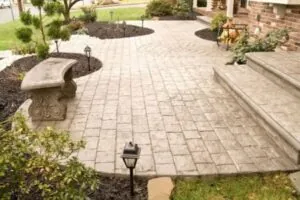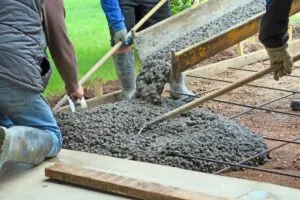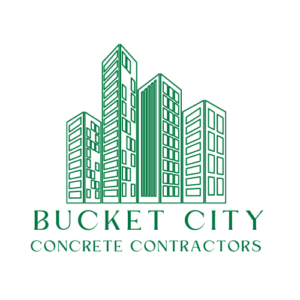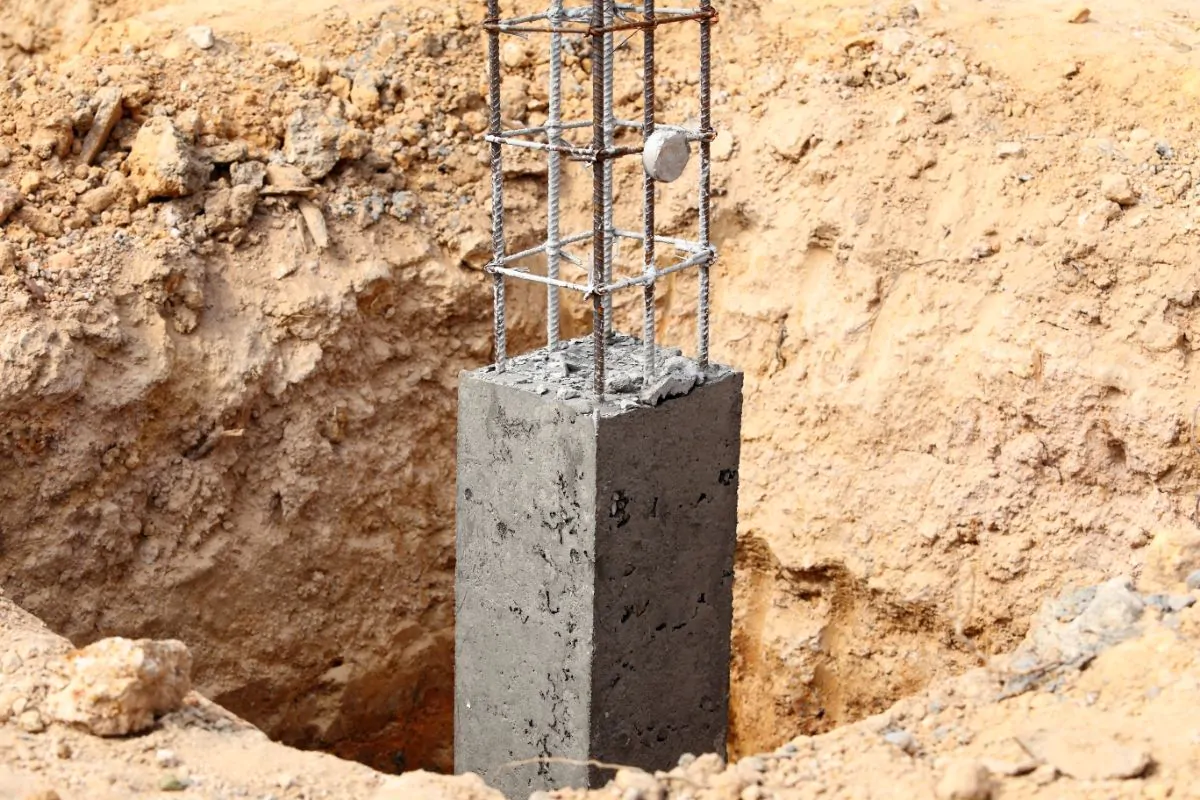
Concrete foundations are among the most durable and sustainable foundation types there are. They’re also fire-resistant and environmentally friendly, making them a smart choice if you want to get the most out of your investment.
But you’ve got to be careful because concrete foundations are still prone to structural issues such as diagonal cracks on interior walls or gapping of the exterior trim. If you noticed early signs of foundational issues on your concrete foundation, you would have two options: concrete foundation repair or replacement.
You are in the right place if you need to know when and how to repair a concrete foundation and when you would need to replace one.
Why Your Concrete Foundations Are Crumbling
If you see that your concrete foundation is crumbling, the reason could be due to a process called scaling. Simply put, scaling is when your concrete foundation is exposed to freezing and thawing water, resulting in crumbling or chipping.
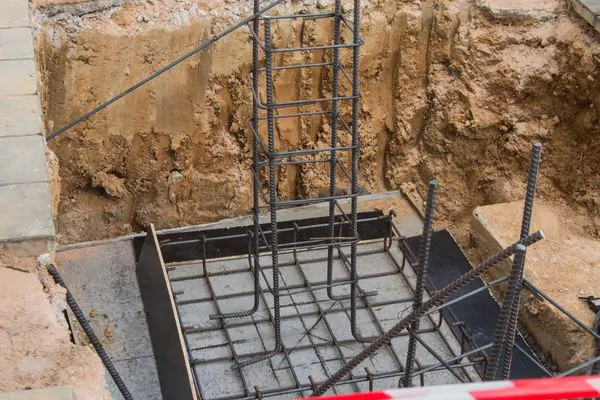
Three major reasons contribute to scaling:
1. Freezing and Thawing
Concrete seems stable and permanent but will remain porous and absorb water. When this happens, the water trapped inside the concrete freezes, pushing the cement binder apart. The expansion, and the resulting contraction when the water melts again, cause crumbling.
2. Minerals
Concrete requires a collection in the form of gravel. When stones used for this gravel contain particular mineral deposits, these minerals leech out gradually and will cause the crumbling of the concrete. Pyrites are the usual cause of this in residential concrete. Other minerals, such as silica and mica, can also cause deterioration in high amounts.
3. De-icing Salt
A frost-covered concrete driveway becomes slippery and dangerous to walk on. Drizzling a little rock salt may prompt melting and provide traction, but it will damage the surface of the concrete. Rock salt leads to the crumbling of the concrete surface because of a chemical reaction.
Concrete Foundation Repair
When to Repair Your Concrete Foundation
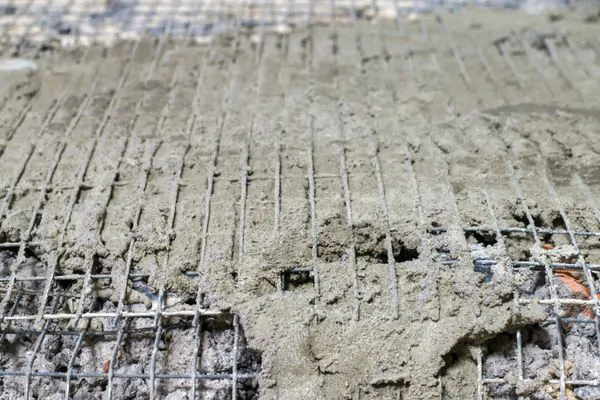
When you notice these early signs of structural issues, it probably makes sense to consider partial or total foundation repair:
● Cracks. Small cracks may not be a cause for concern, but larger cracks that are wider than 1/4 inch or are spreading should be addressed promptly.
● Sinking or settling. If you notice that your foundation is sinking or settling, it could be a sign of soil instability or poor construction. Foundation repair can help stabilize the soil and prevent further settling.
● Bowing or leaning walls. If your foundation walls are bowing or leaning, it could be a sign of pressure from outside the building, such as soil or water.
● Water damage. If you have water seeping into your basement or crawl space, it could be a sign of foundation damage. Water can erode the concrete and cause cracks and further water infiltration and damage.
How to Repair a Concrete Foundation
Before repairing the concrete foundations, ensure the surface is clean and frost-free. Remove all degraded concrete, dirt, oil, and other bond-inhibiting substances from the area to be repaired.
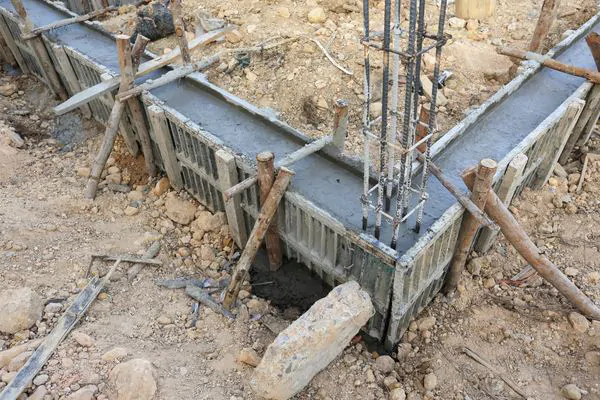
After that is sorted, here is the step-by-step process for repairing concrete foundations.
1. First, remove the concrete which is already cracked. You do not want to chip away unaffected concrete. Use a garden hose and brush to wash away all the particles. Wait for a day for the concrete to dry completely.
2. After waiting for a day, get the concrete slightly damp. We suggest you use a sponge, brush, or spray bottle. Make sure that the concrete is damp and not soaking wet.
3. Apply cement paint or an adhesive primer before applying your patching substance on the affected area.
4. When applying cement paint to your concrete, use your patching material immediately. The patching substance should be a ready-mixed concrete patching compound.
5. Apply a second coat of patching substance after two hours. Make sure your walls are smooth and level. After that, allow the patching substance to cure in the open for around 30 minutes.
6. Cover the newly patched concrete with a plastic tarp, delicately spraying the area with water from a garden hose once a day for two days. Once the concrete has cured completely, remove the tarp, and you are done.
Replacing Concrete Foundations
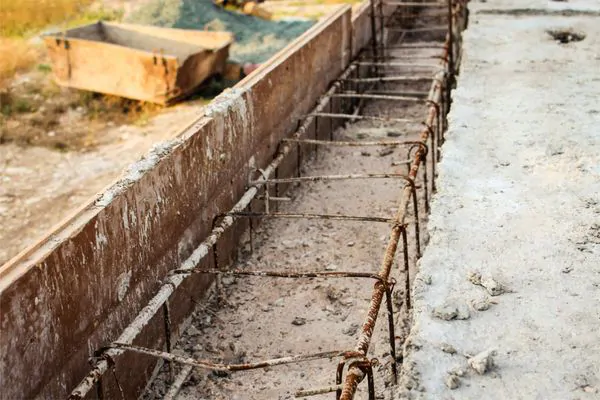
In cases of severely deteriorated foundation walls, replacing house foundations may be the only viable option for total foundation repair. In most situations where foundation replacement is required, it only requires a partial replacement of one or two walls.
Foundation wall replacement is accomplished by setting shoring to hold the building in position while the existing foundation walls are removed and replaced. The building may have to be lifted if the foundation walls are replaced with full-height concrete.
In these situations, hiring a professional concrete contractor may be the best solution. Not only do they have the proper tools and equipment, but they also have the knowledge to complete the job safely and effectively.
Contact Bucket City Concrete Contractors For All Your Concrete Foundation Needs!
If you live in Murfreesboro, Tennessee, or within the Rutherford County, Bucket City Concrete Contractors is the one for your concrete foundation repair and replacement needs. We provide prompt, affordable, and professional concrete building services and our team of concrete contractors are licensed and insured to work on any project.
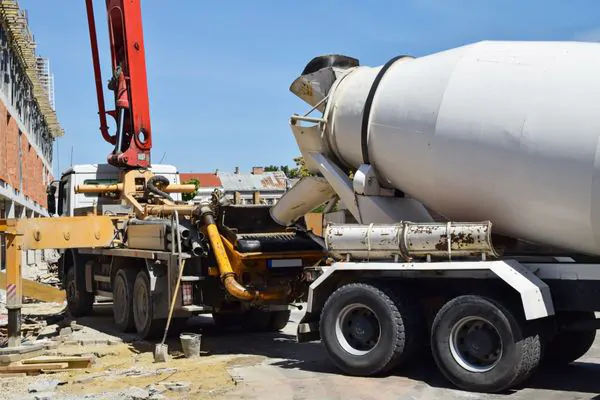
Count on us for top-quality concrete building services!
